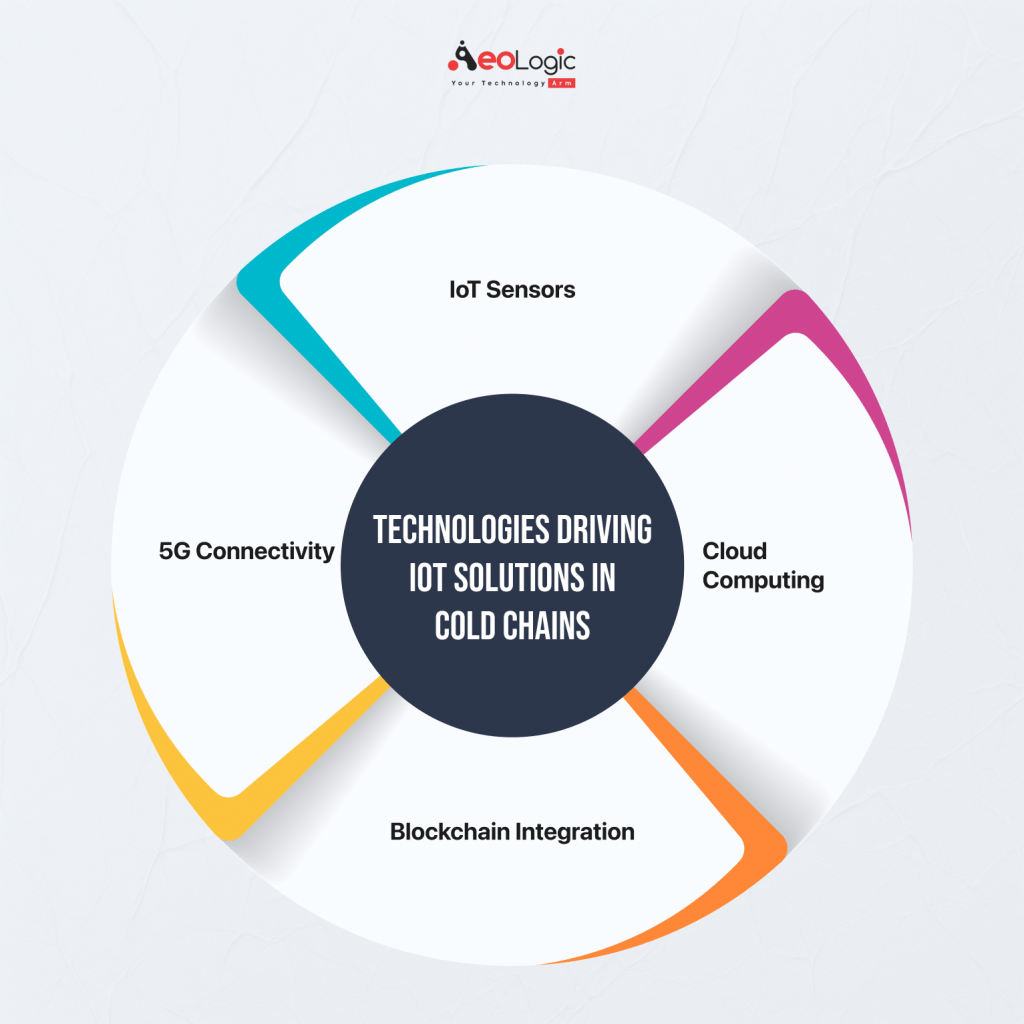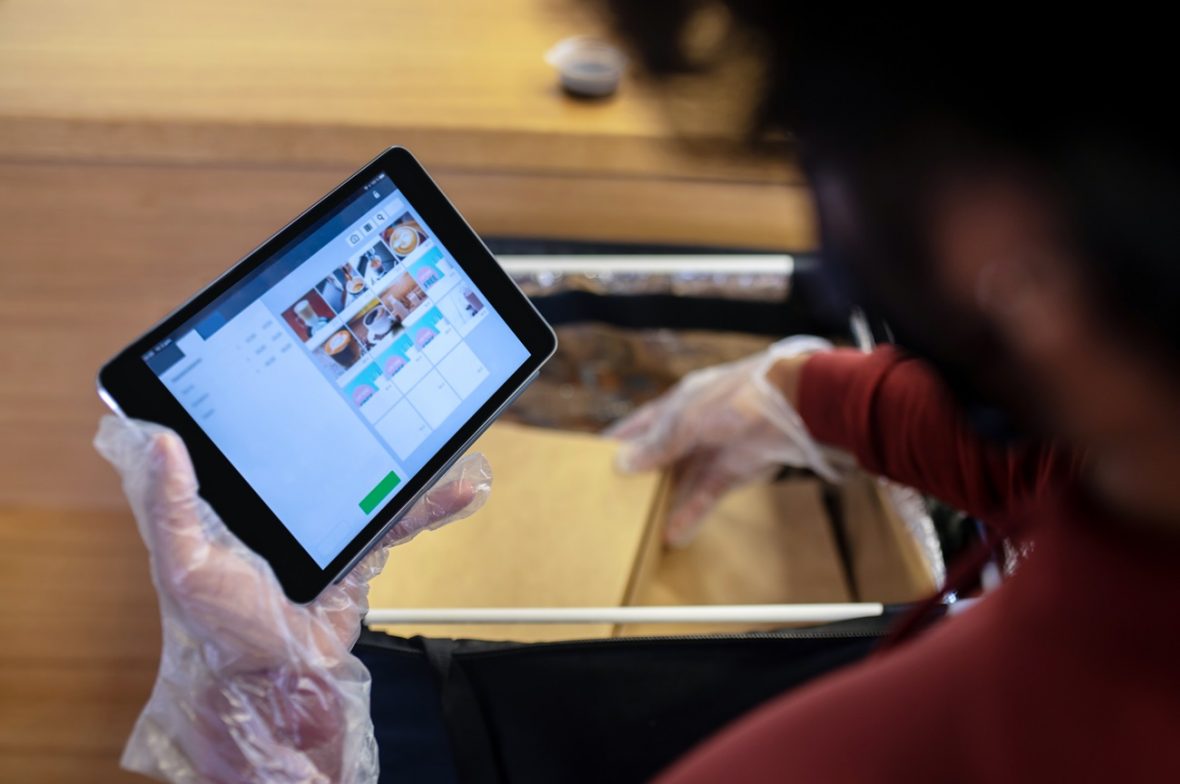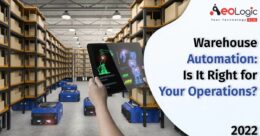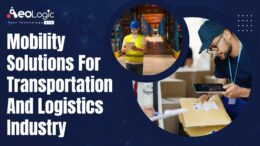In the world of cold chain logistics, last-mile delivery presents a critical bottleneck. As the final step in the supply chain, it directly impacts the quality and safety of temperature-sensitive goods like perishable foods, pharmaceuticals, and vaccines. However, advancements in cold chain IoT solutions are revolutionizing last-mile delivery, ensuring the integrity and quality of these goods while minimizing costs and inefficiencies.
In this blog, we will explore how IoT solutions address key last-mile delivery challenges, the technologies driving these innovations, and their benefits across industries.
Challenges in Last-Mile Delivery for Cold Chains
- Temperature Fluctuations
Maintaining the correct temperature during last-mile delivery is crucial. Even minor deviations can spoil perishable goods or compromise the efficacy of vaccines. - Delivery Delays
Unexpected delays due to traffic, weather, or logistical inefficiencies can disrupt the cold chain and jeopardize the quality of goods. - Lack of Real-Time Visibility
Without real-time tracking, companies struggle to monitor the condition and location of goods, increasing the risk of spoilage or loss. - High Costs
The fragmented nature of last-mile delivery often results in higher costs per delivery, impacting overall profitability.
How IoT Solutions Are Transforming Last-Mile Delivery
Cold chain IoT solutions bring a new level of efficiency and transparency to last-mile delivery. Here’s how:
1. Real-Time Temperature Monitoring
IoT sensors continuously monitor temperature and humidity inside refrigerated vehicles. These sensors provide real-time updates to logistics managers, allowing them to take immediate action in case of deviations.
- Example Use Case: IoT-enabled temperature loggers ensure that vaccines maintain their required temperature of 2–8°C during delivery.
2. GPS-Enabled Tracking
IoT-powered GPS devices track the exact location of delivery vehicles in real-time. This level of visibility helps companies predict delivery times and proactively address delays.
- Example Use Case: A food delivery company uses GPS tracking to reroute vehicles during traffic congestion, ensuring timely delivery of fresh produce.
3. Predictive Analytics and AI
By analyzing data collected through IoT devices, predictive analytics can foresee potential disruptions in last-mile delivery. AI algorithms then recommend alternate routes or preventive measures.
- Example Use Case: AI-powered predictive maintenance alerts drivers to refrigeration unit failures before they occur.
4. Automation Through Smart Devices
IoT solutions integrate with automated systems like smart locks and contactless delivery solutions, ensuring safe and efficient delivery even in remote areas.
- Example Use Case: A pharmaceutical company uses IoT-connected smart lockers to securely deliver temperature-sensitive drugs to hospitals.
5. Enhanced Fleet Management
IoT devices monitor fuel consumption, vehicle performance, and driver behavior to optimize fleet operations.
- Example Use Case: Cold chain fleet managers use IoT data to ensure refrigeration units are operating efficiently during last-mile delivery.
Technologies Driving IoT Solutions in Cold Chains

- IoT Sensors
Sensors monitor temperature, humidity, light, and shock levels in real time, ensuring that goods remain within the required parameters throughout delivery. - Cloud Computing
Cloud platforms store and analyze data collected by IoT devices, offering actionable insights into last-mile operations. - Blockchain Integration
Blockchain ensures tamper-proof records of delivery conditions, building trust and transparency in the supply chain. - 5G Connectivity
With high-speed data transfer, 5G enables real-time communication between IoT devices, enhancing responsiveness in last-mile delivery.
Benefits of IoT in Last-Mile Cold Chain Delivery
- Improved Product Quality
IoT solutions ensure goods maintain their quality from origin to destination, reducing waste and spoilage. - Increased Operational Efficiency
Real-time tracking and automation streamline delivery processes, minimizing delays and inefficiencies. - Enhanced Customer Satisfaction
With accurate delivery times and high-quality goods, companies can meet and exceed customer expectations. - Cost Savings
Optimized routes, reduced spoilage, and efficient fleet management lower operational costs.
Industries Leveraging IoT Solutions for Last-Mile Cold Chains
- Pharmaceuticals
Cold chain IoT solutions are critical in delivering vaccines, biologics, and other temperature-sensitive medicines.
- Example: IoT sensors monitor vaccine shipments, ensuring compliance with strict temperature guidelines.
- Food and Beverage
From dairy products to seafood, IoT solutions ensure that perishable items reach consumers in optimal condition.
- Example: A seafood exporter uses IoT trackers to maintain a consistent cold chain during international deliveries.
- Retail
Online grocery stores leverage IoT for real-time tracking and temperature monitoring of fresh produce.
- Example: IoT-enabled delivery vehicles ensure fresh produce is delivered within hours of harvest.
Future Trends in Cold Chain IoT Solutions
- Integration with Artificial Intelligence
AI will further enhance the predictive capabilities of IoT solutions, reducing risks and improving delivery accuracy. - Wider Adoption of Blockchain
Blockchain technology will become a standard for ensuring transparency and traceability in cold chains. - Expansion of Autonomous Delivery Vehicles
Drones and self-driving vehicles equipped with IoT sensors will revolutionize last-mile delivery. - Increased Use of Digital Twins
Digital twin technology will simulate delivery conditions, allowing companies to optimize routes and procedures virtually.
Conclusion
The last mile in cold chain logistics has long been a challenge for industries dealing with temperature-sensitive goods. However, with advancements in cold chain IoT solutions, companies can now achieve real-time visibility, maintain product quality, and optimize delivery operations.
By investing in IoT technologies such as sensors, predictive analytics, and blockchain, businesses can not only address last-mile delivery issues but also gain a competitive edge in the rapidly evolving logistics landscape.
Whether you’re in the pharmaceutical, food, or retail industry, the future of your cold chain lies in leveraging these innovative IoT solutions. The journey toward efficient and reliable last-mile delivery has never been more promising!






